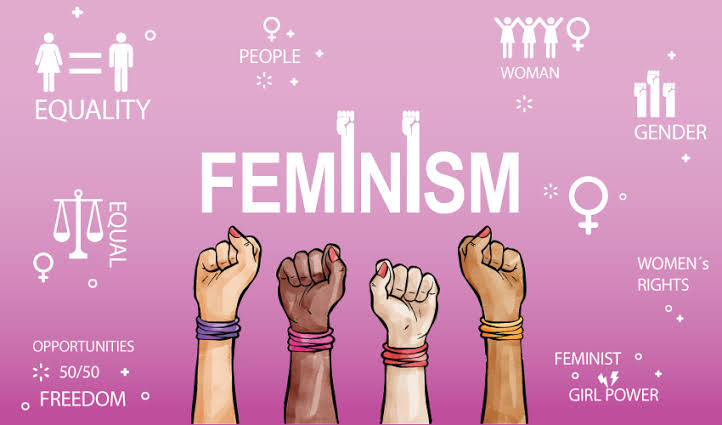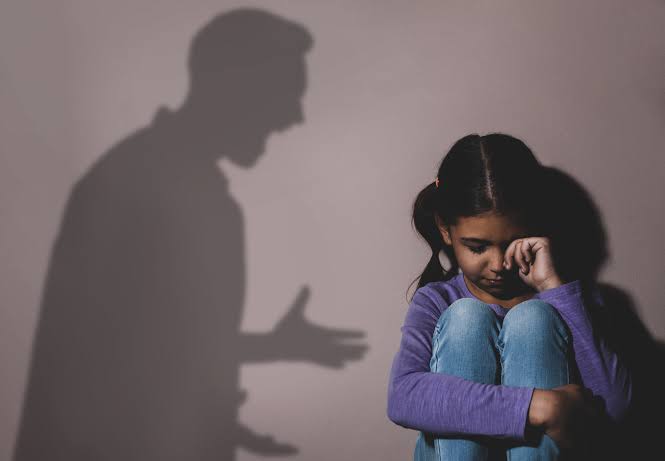Introduction :
- The topic death penalty is a complex topic and it is a debatable topic for years. When a criminal commits a crime and the state sanctions execution for that individual as a punishment for the committed crime.That is called Capital punishment or death penalty. As it is a debatable topic, A group of people consider it as cruel & inhuman act and wrong because they think that it is against the morality and Some people consider it as the right punishment for those criminals as death penalty is only given to those criminals who commit the most heinous & brutal crimes. In India there are examples of The Capital Punishment . How can we forget about one of the most brutal crimes?
- CASE LAWS :
- Nirbhaya gangrape 2012. On a cold winter night , A 23 years old physiotherapist was brutally raped and the case was marked as one of the brutal crimes. The convicted accused were given death penalty in March 2020 except Ram Singh who committed suicide in 2013 in Tihar Jail.
- The second case about which I’m going to discuss is Ajmal kesab case(2008). We cannot forget about the terrorist attack of 2008. Charges were brought against Ajmal keshab for terrorism & murder in India. After getting death sentence from the Trial court & the Bombay high court He also appealed in the Supreme Court of India but He was given the same punishment and his mercy petition was also rejected by the President of India .He was executed on November 21 , 2012.
- Another famous case of Capital punishment is Dhananjay vs State of West Bengal. He was convicted for raping a girl in West bengal. He was executed on August 15, 2004.
- One more example includes Yakub Memon case 1993 . He was convicted under TADA ACT( Terrorist and Disruptive activities Prevention Act). He was found guilty for committing terrorism activities. He was sentenced to death by the TADA Court.
- Another case I would like to talk about is Bachhan Singh vs State of Punjab (1980)The court stated here that death penalty should be given in exceptionally rare cases only. This case is important because this is where Supreme Court of India upheld the constitutional validity of the death penalty.
- We should not forget here the famous Shabnam Ali case of 2015. Shabnam along with her lover murdered all the family members in Amroha Uttarpradesh. His two brothers, a sister in law, a ten month old nephew and her parents just because her parents did not give their consent to the marriage of shabnam and her lover Saleem. In 2010 They were sentenced to death by the trial court of Amroha . The same Judgement was passed by the Allahabad high court in 2013 . The Supreme Court of India also confirmed the death penalty for Shabnam and Saleem in 2015. It was stated that The brutality of the murder crossed all limits . This crime fall under the category of “rarest of rare crime”
- KEY POINTS OF THE SUPREME COURT JUDGEMENT WHICH THE SUPREME COURT FOLLOW WHILE GIVING DEATH SENTENCE AS PUNISHMENT:
- The court usually checks the brutality of the crime, how much grievous it is. How much hatred was put by the criminal and the manner of the committed crime.
- Betrayal , for example we can see in the Shabnam Ali’s case . The way she betrayed her family members can’t be forgotten at any cost and the similar cases to this one
- The cases where Supreme Court realizes that there is no scope for reform. A punishment is given to a criminal so that he can transform himself into a good person. But if the nature of thr crime is too brutal and there is no chance that the criminal will convert himself into a better person . In that case too the death sentence is given as a punishment.
- CONCLUSION:
- The death penalty is still a highly debatable topic even though it is given to the high profile brutal cases only. A lot of humanitarians think that it doesn’t have neither deterrent effect nor preventive effect but in contrast a lot of people think it effects. We surely cannot say Does it impact society and people or not . The Capital Punishment has both advantages and disadvantages but we can say This system in Indian Judiciary tries to ensure thr result of wrongful acts even though it also addresses the possibility of wrongful convictions.
FAQ:
- What is death penalty?
A punishment which is given by the Judge of the state of central for committing a brutal and heinous crime.
- What are some of the high profile cases of death penalty?
- Nirbhaya gang rape 2013, Ajmal kesab 2008, Dhananjay Chatterjee 2003, Shabnam case of 2015( the first female convicted ), Bachhan Singh vs State of Punjab 1980, Machhi singh vs State of Punjab, Yakub memon Case 1993
- What’s the legal method which is carried out in India for death penalty?
First would be the FIR , Then the charge sheet against the accused , trials of the case , Conviction and Sentence, Appeal to the higher court, review petition, curative petition and at last Clemency petition. ( plea of mercy)
- How are Juveniles treated in this kind of cases? Are there any special p rovisions for them?
Under Indian law Juveniles cannot be given death sentence as punishment no matter how heinous the crime is. The Juvenile Justice act 2015( care and protection of children) governs such case. They are usually sent to the special home.
- Can a pregnant woman be executed?
There is no such provisions mentioned in Indian law . If a convicted woman is found pregnant she will be given life imprisonment but no death sentence will be given to her.
Submitted by Roshni Dutta
College name- LJD LAW COLLEGE- FALTA under Calcutta University





